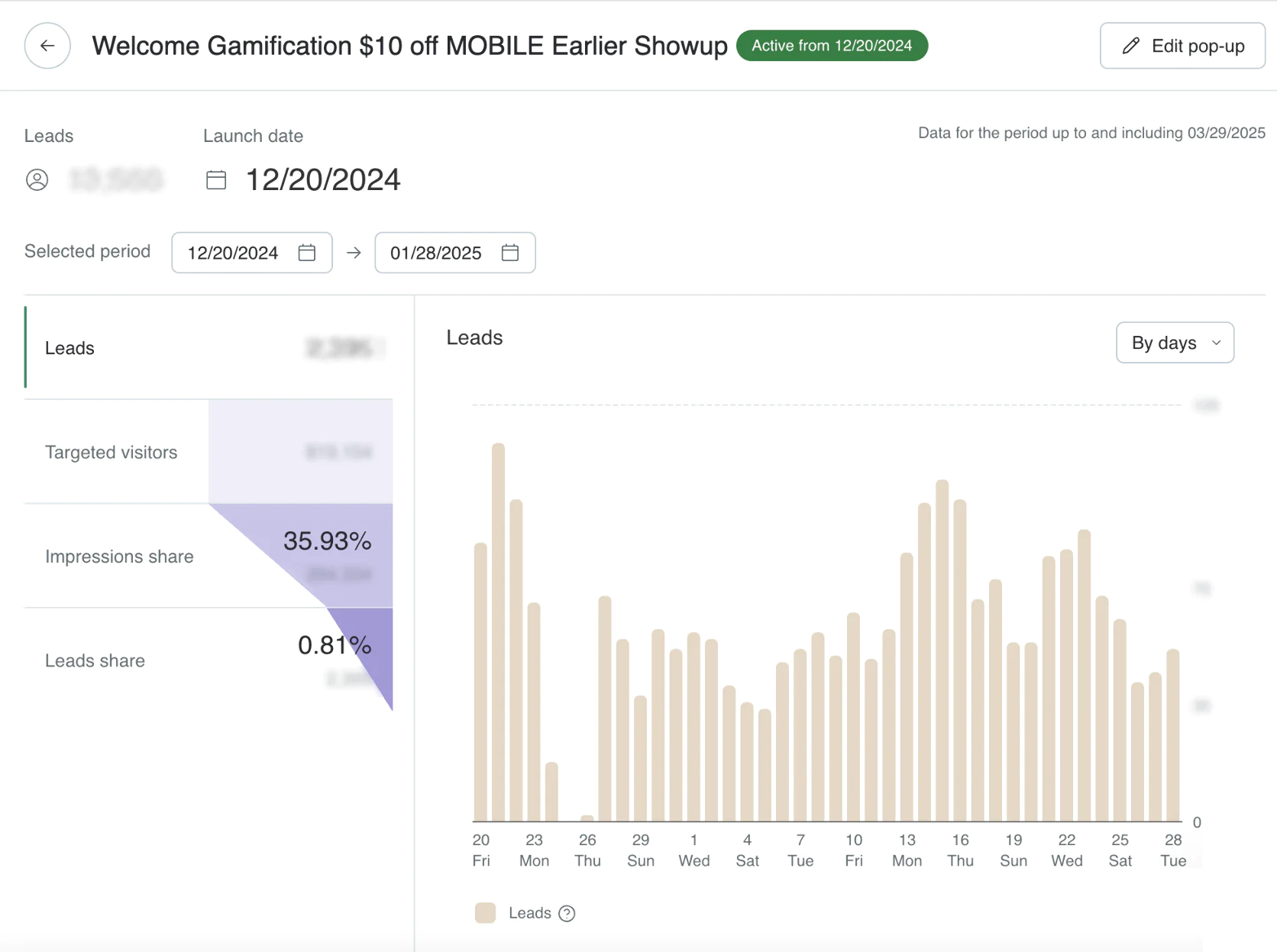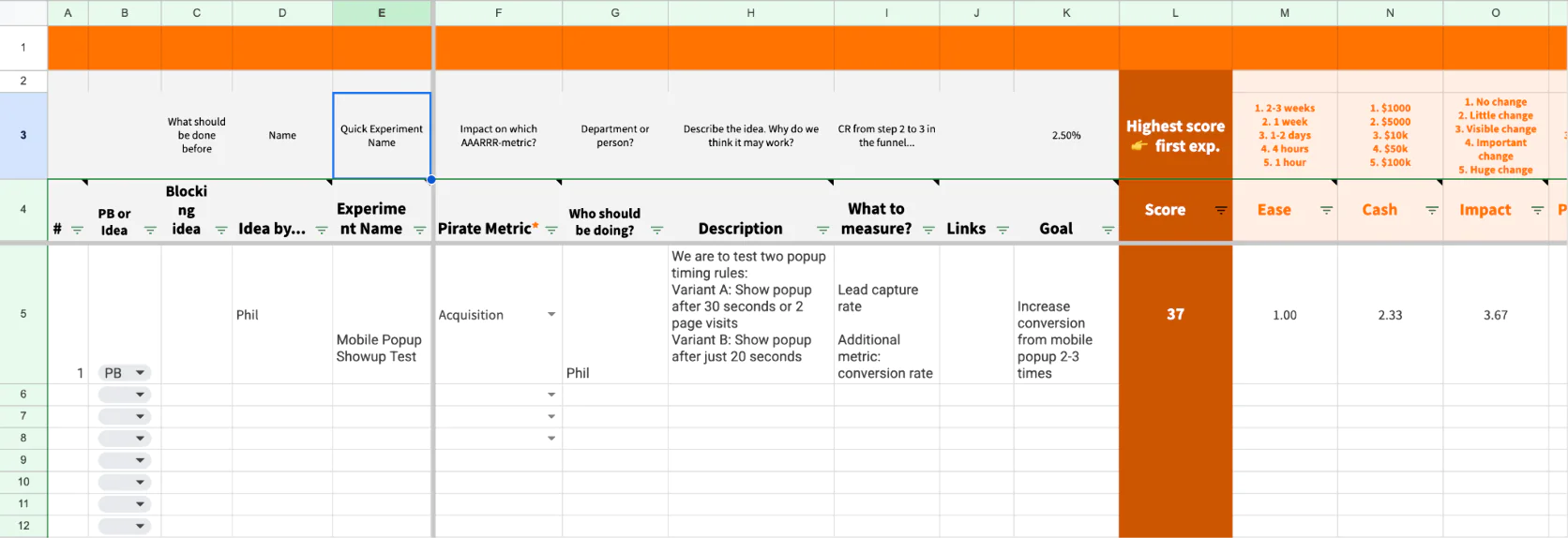Discover how Blossom Flowers tripled their popup conversion rate from 0.26% to 0.8% using Maestra's A/B testing tools, generating 55,300 additional leads annually.
Blossom Flower Fine-Tunes Mobile Pop-Up Rules and Increases Lead Generation (A/B Tests Framework Included)
Challenges
The mobile pop-up was underperforming with only a 0.26% conversion rate—missing out on thousands potential leads
Solutions
Using Maestra’s A/B testing tools, Blossom Flowers tested different pop-up timing rules to better match visitor behavior
Results
0.26% → 0.8% — the pop-up’s lead capture rate
+55,300 projected leads annuallyNo negative impact on conversion rate
Results
-
0.26% → 0.8%the pop-up’s lead capture rate
-
+55,300projected leads annually
Testimonial
This simple timing change boosted our lead generation without affecting sales. We now reach visitors earlier—when they’re most open to our offer.
Maestra’s platform made it easy to test our hypothesis and measure impact across all key metrics. Moreover, our dedicated Customer Success Manager continues to suggest new tests for flows, campaigns, and pop-ups. With Maestra, A/B testing is now part of our regular process.
Pop-up Timing A/B Test
To grow their email list, Blossom Flower launched a gamified pop-up:

Using Maestra’s A/B testing tools, the team tested different timing rules to see when visitors were most likely to engage:
Variant A: Show the pop-up after 30 seconds or 2 page visits
Variant B: Show the pop-up after just 20 seconds
The results were clear: showing the pop-up at 20 seconds was significantly more effective, leading to a remarkable boost in lead capture with no negative impact on conversion rate.
Timing
Lead capture rate
Variant A
30 seconds or 2 page visits
0.26%
Variant B
20 seconds
0.81%

The winning pop-up results
Your Turn: Plan Your Next A/B Test with This Framework
To plan this test—and many others—Blossom Flower used their A/B Test Evaluation Framework, a simple spreadsheet that helps teams prioritize which hypotheses to test first. By scoring potential experiments, marketers can focus on high-impact tests with the greatest chances of delivering real results.



